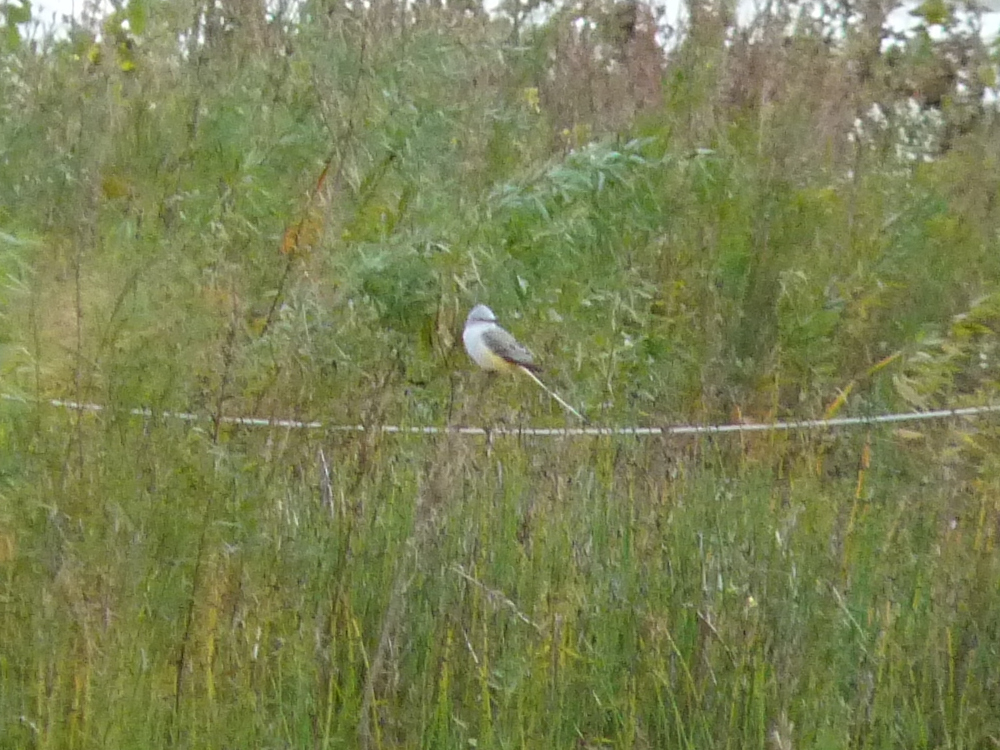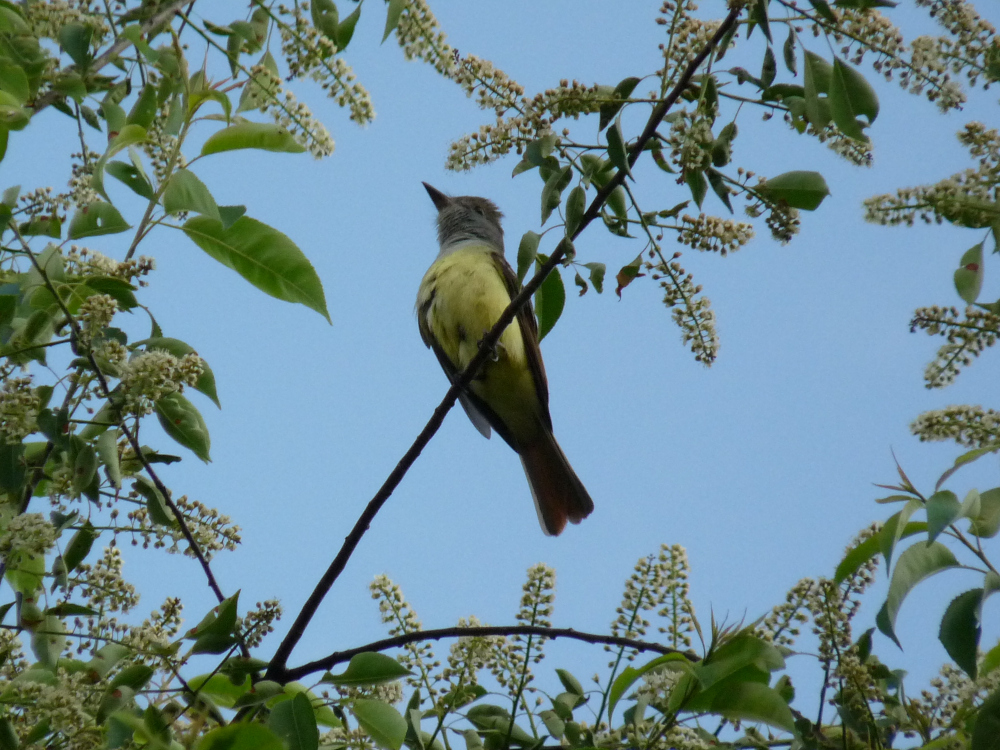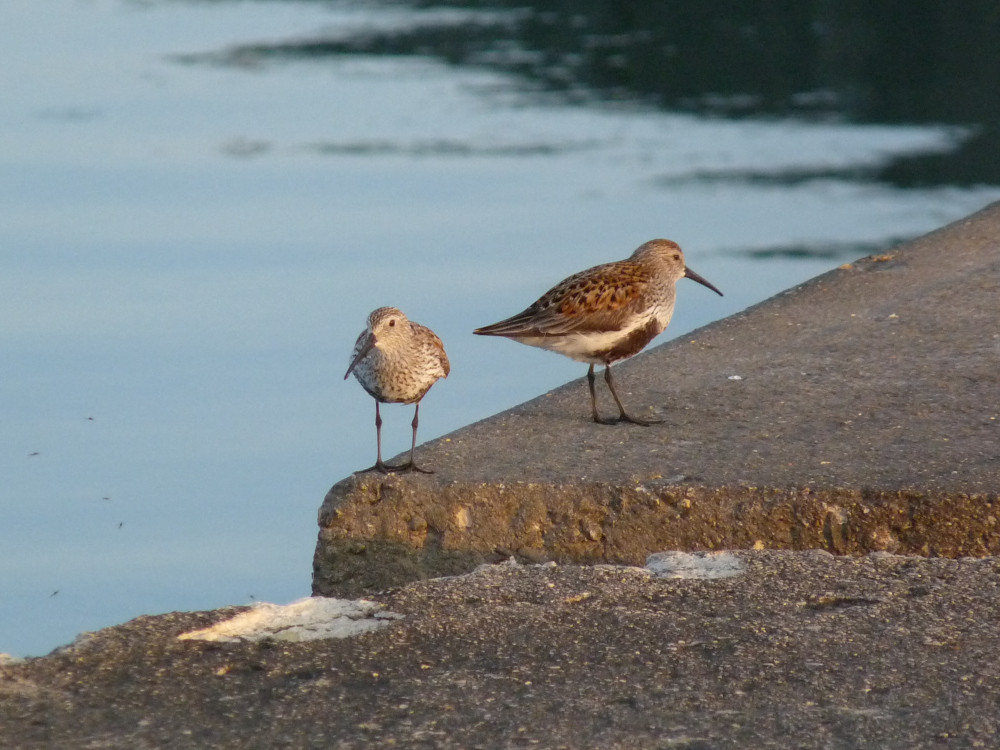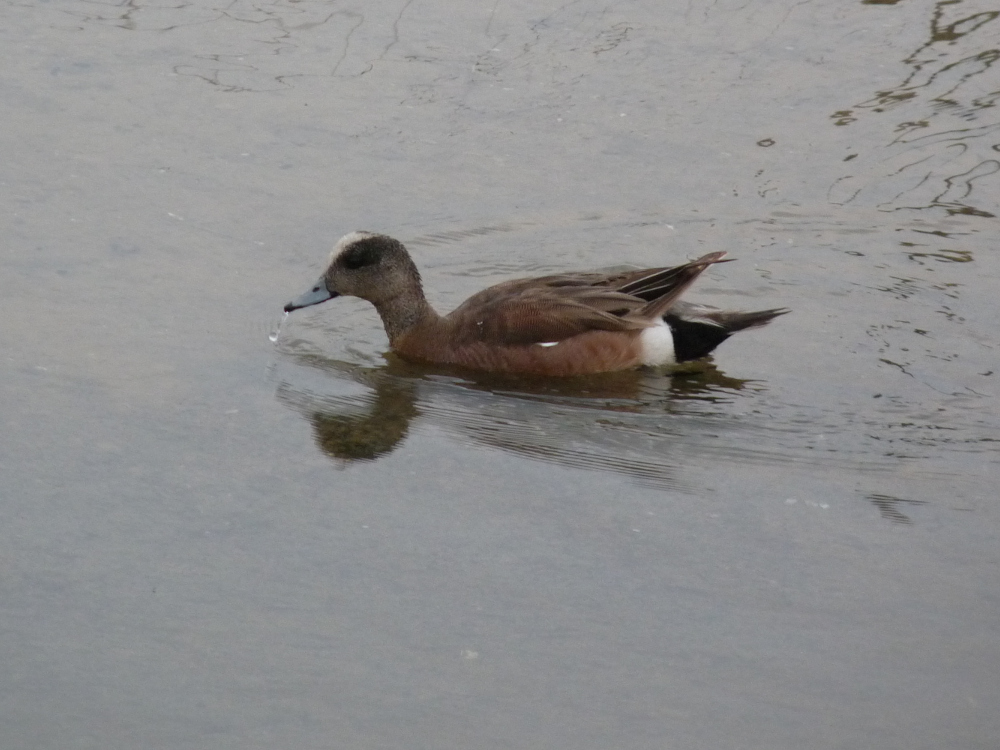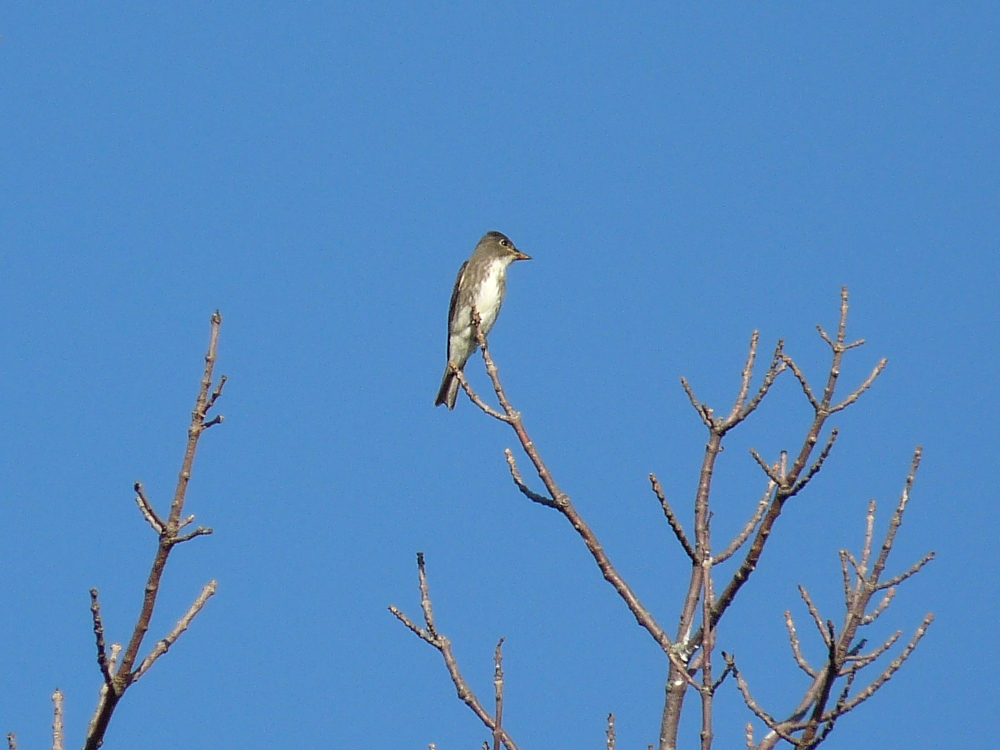October is an excellent month for rarities in Illinois. In keeping with this historical tendency, a Scissor-tailed Flycatcher was discovered at Montrose on October 14 and refound on October 15. The bird moved around quite a bit and proved challenging to pin down, but spent enough time in the Dunes to delight the dozens of people who came to look for it. This sighting represents about the fifth Scissor-tailed Flycatcher record for Montrose. Also of note is that Montrose has 15 flycatcher species to its credit, maybe the highest total for any location in Illinois.
Tag Archives: Flycatchers
The Late Show – June 13, 2023
Here we are, almost two full weeks into June, and we’re still getting a trickle of migrants. Avian activity is dominated by the local breeding birds, but these bona fide migrants were at Montrose on June 13
Ruddy Turnstone
Semipalmated Plover
Semipalmated Sandpiper
Least Flycatcher
Yellow-bellied Flycatcher
Blackburnian Warbler
Chestnut-sided Warbler
What’s interesting is that the first southbound summer migrants will be showing up in just a few weeks. There almost isn’t a time when birds aren’t moving in one direction or the other, and Montrose Point is one of the best places to witness this near overlap in migrations.
June 1, 2023
Migration doesn’t come to a screeching halt when May ends. We always get some spillover into early June, and this June 1 proved the point. Over 70 species were reported to eBird by all observers, and I ended up with 60 species in about 2.5 hours of effort. My migrant highlights include
Semipalmated Plover
Dunlin
Semipalmated Sandpiper
Yellow-bellied Flycatcher
Swainson’s Thrush
Bobolink
Northern Waterthrush
Connecticut Warbler
Magnolia Warbler
Bay-breasted Warbler
Wilson’s Warbler
Dickcissel
All of the above birds are bona fide migrants that don’t breed at Montrose. I also had Great Crested and Willow Flycatchers and Eastern Wood-Pewees. These birds have bred at Montrose or nearby but could just as well be migrants. The point is you should keep checking Montrose into early June. The pace has slowed down from mid May but we’re still seeing a variety of shorebirds, warblers, flycatchers, and other birds. Why not squeeze every last drop out of migration while it lasts?
Winding Down, May 30, 2023
We usually get a nice spillover of migrants into early June, but this year activity has dropped sharply since the peak day on May 19. Migrants are in a hurry to get to their breeding grounds, so they probably took advantage of the favorable weather we’ve been experiencing and continued moving north without stopping. We should get one last push of flycatchers, cuckoos, Red-eyed Vireos, and later warblers sometime in the next week. Spring shorebird migration also continues into June, and a rare gull or tern could show up, so don’t forget to check the beach.
May 19, 2023 – The Best Day
May 19 will go down as the best day for migration in 2023. Montrose was full of warblers, thrushes, and flycatchers. It was also full of birders. Over 140 species were reported to eBird by all observers, and several people topped 100, which only happens a couple times each year. My highlights include
American Wigeon (late)
Yellow-billed Cuckoo
Ruddy Turnstone (4)
Common Tern
Olive-sided Flycatcher
Yellow-bellied Flycatcher
Alder Flycatcher
Golden-winged Warbler
Prothonotary Warbler
Black-throated Blue Warbler
Mourning Warbler (6!)
Hooded Warbler
Summer Tanager
Dickcissel
Migration will start to wind down, but late May is still an excellent time for later warblers and vireos, and flycatchers will continue to increase through the end of the month.
Early Migrant Passerines, August 17, 2022
We’re about a month from the peak of songbird migration but we’ve been seeing small numbers of warblers and flycatchers for a few weeks. This is typical and expected. Migration starts as a trickle and gradually gains momentum until the peak. Some of these early migrants include Least, Yellow-bellied and Olive-sided Flycatchers, Blue-gray Gnatcatchers, and Cape May, Bay-breasted, and Black-and-white Warblers among others. August is shorebird month but after you’re done checking the beach head up to the Magic Hedge for some early warblering.

